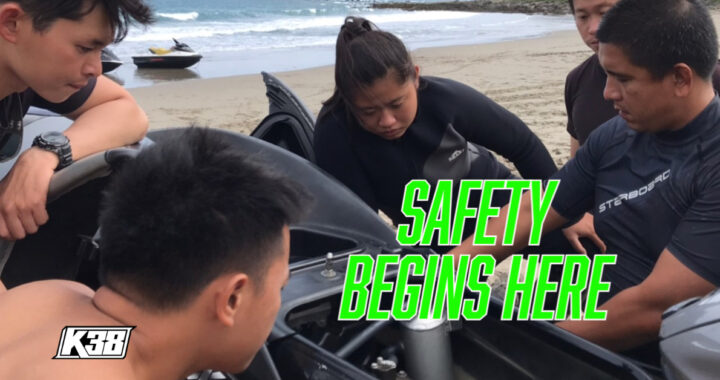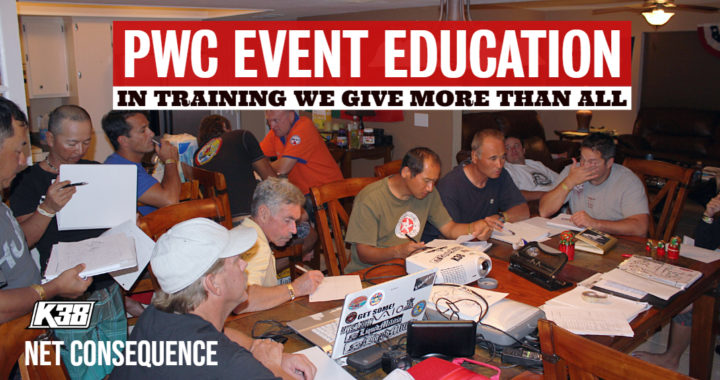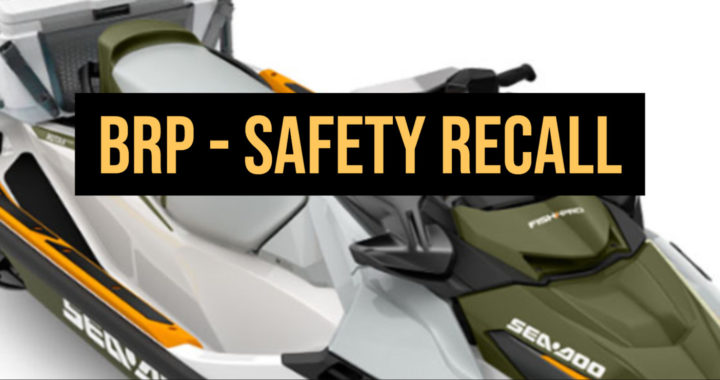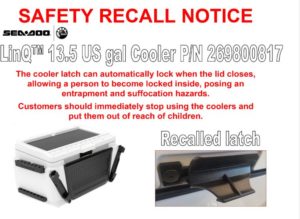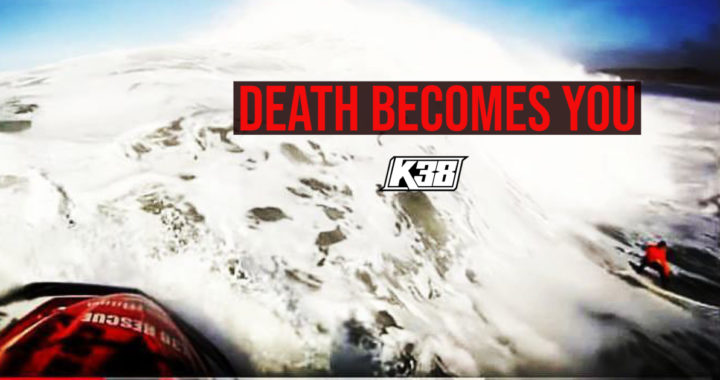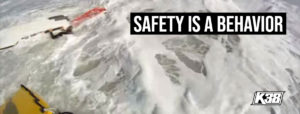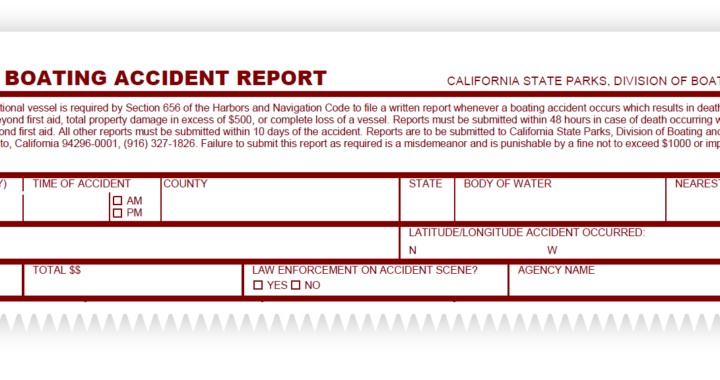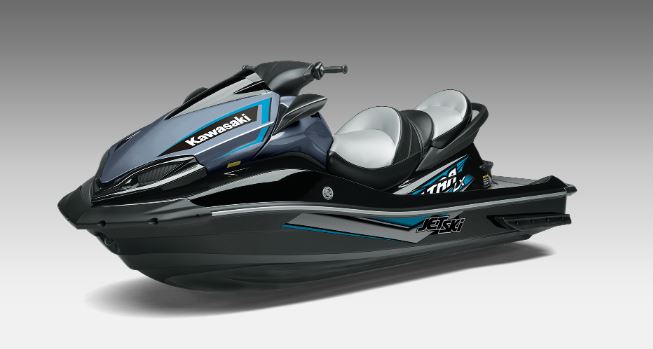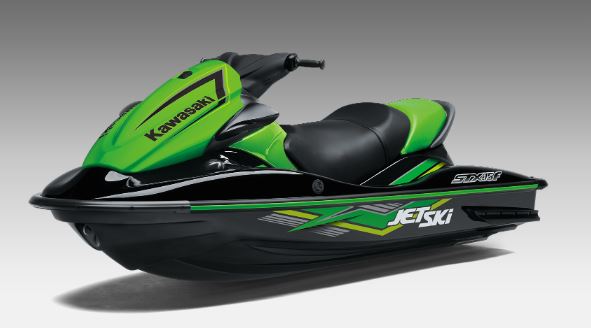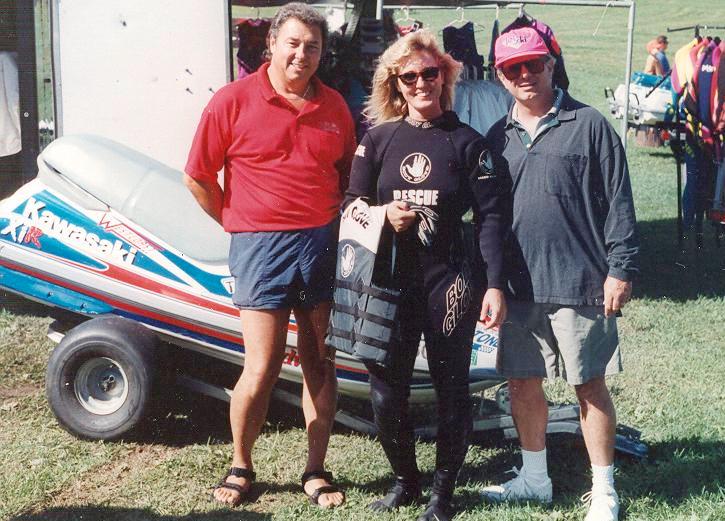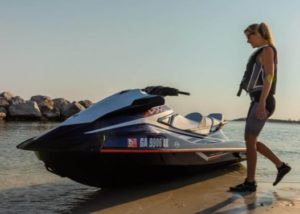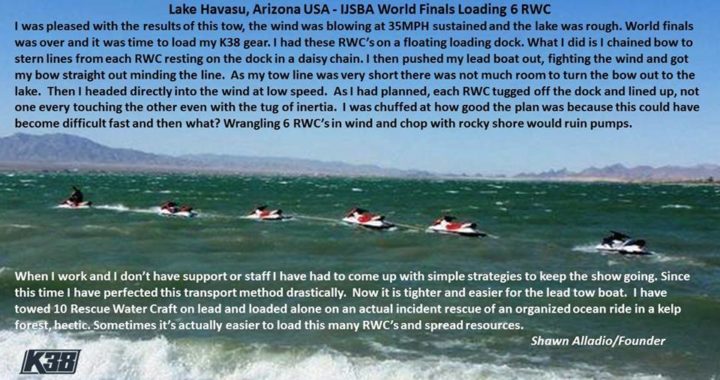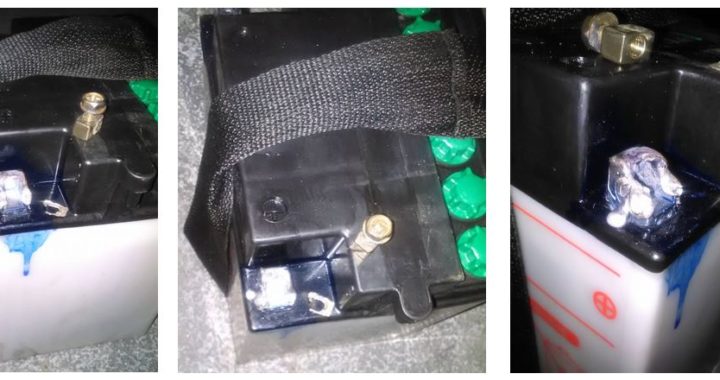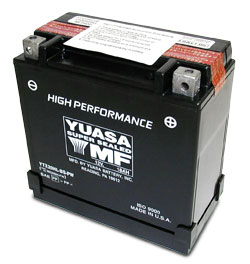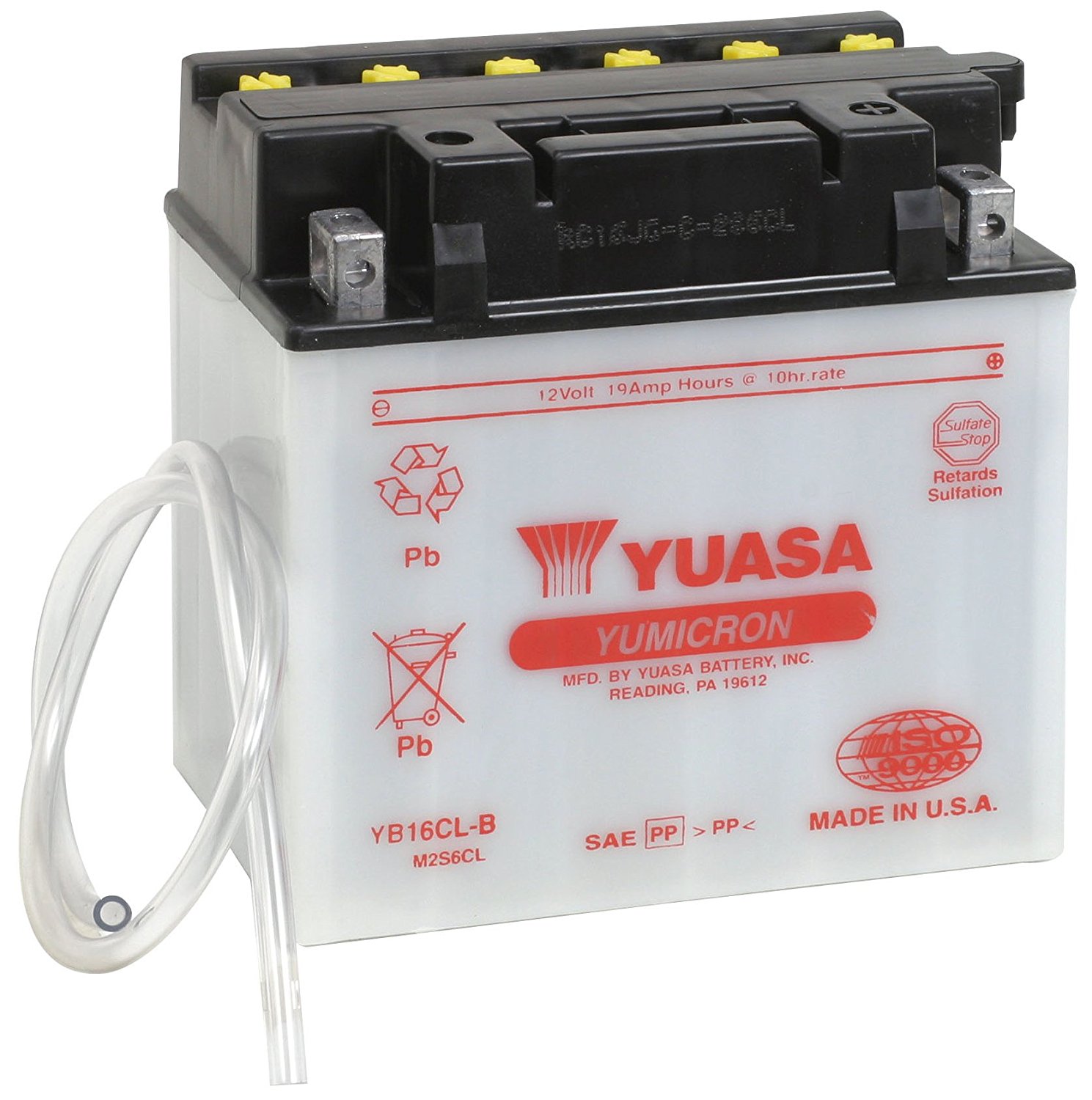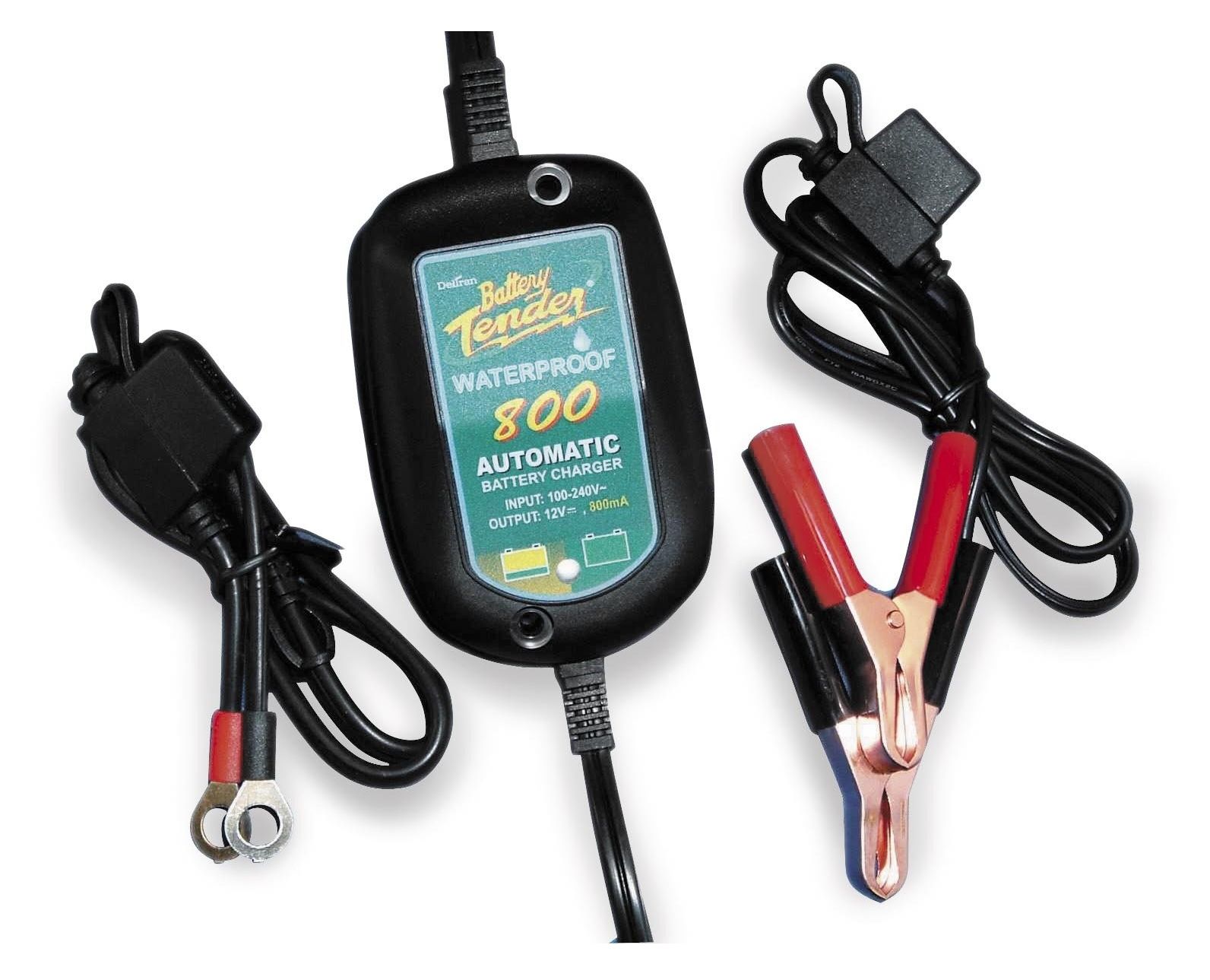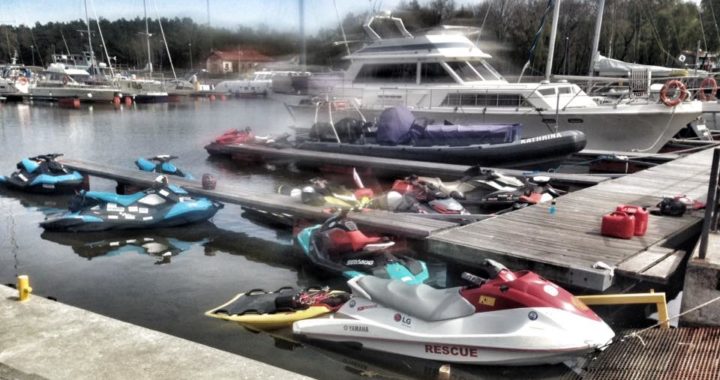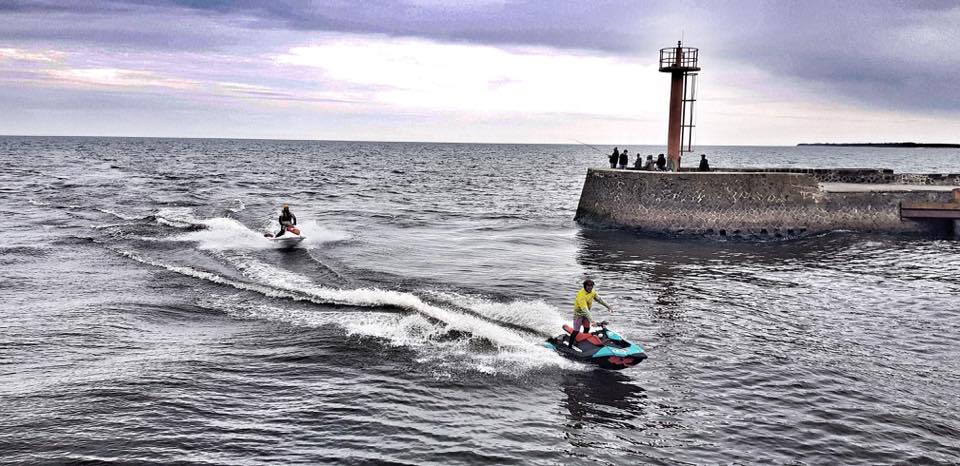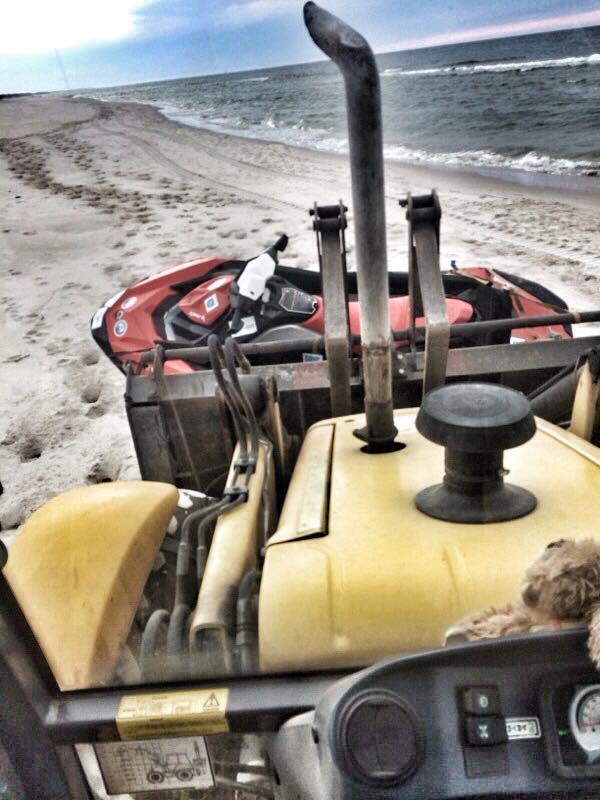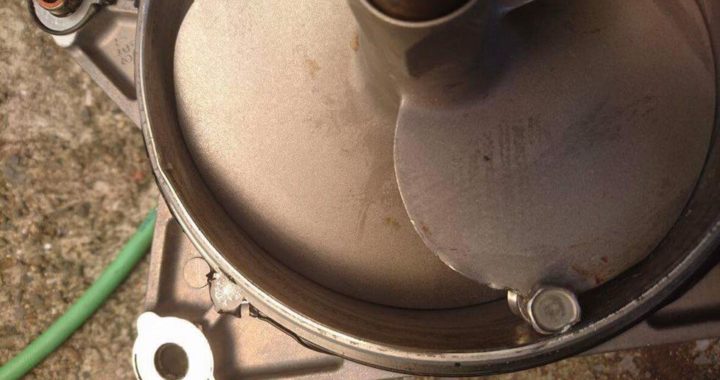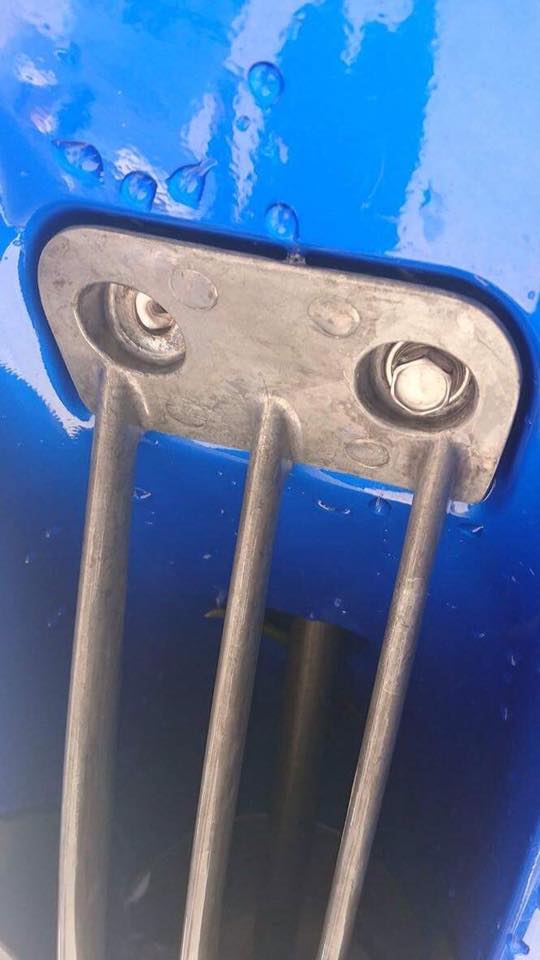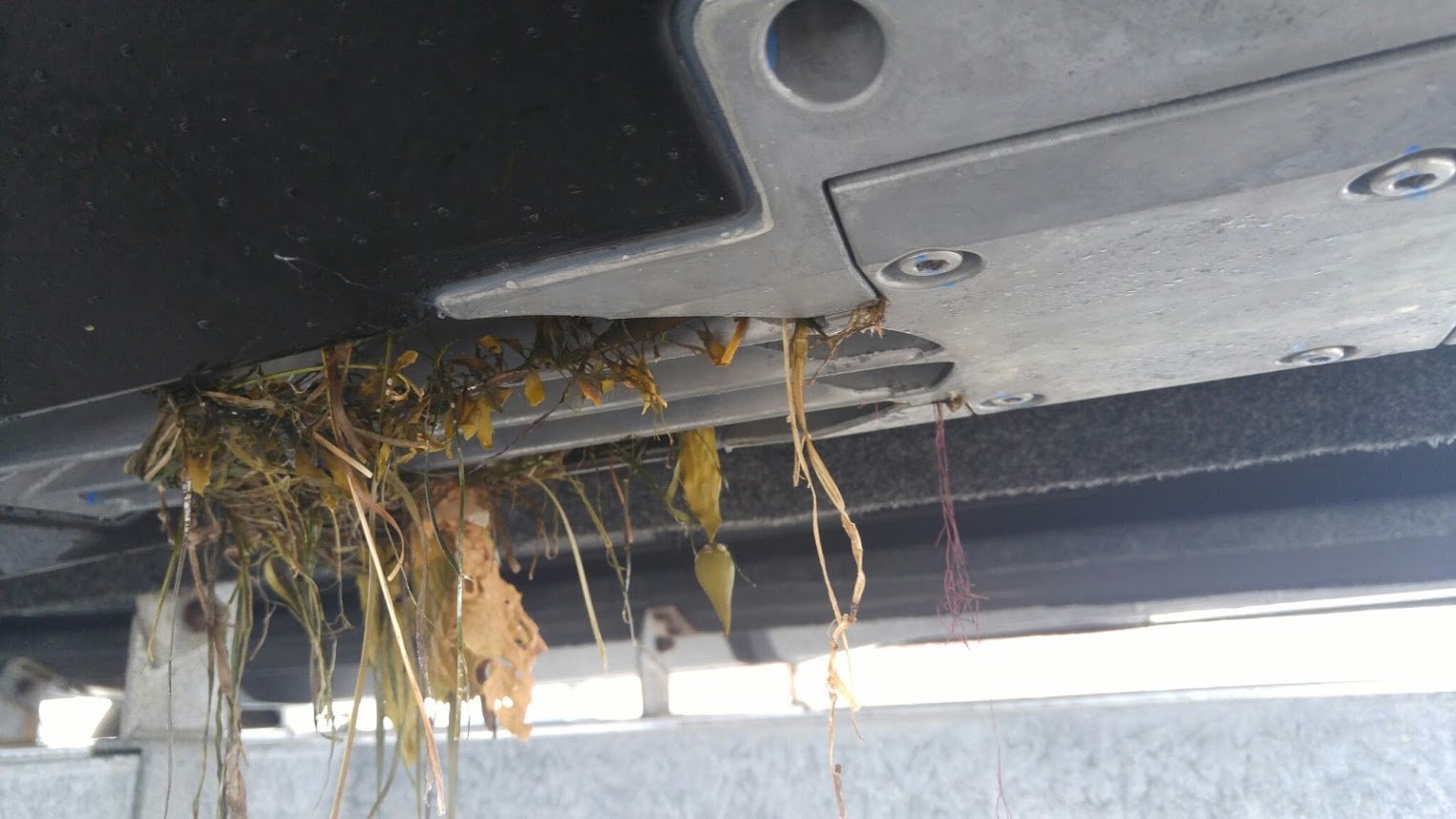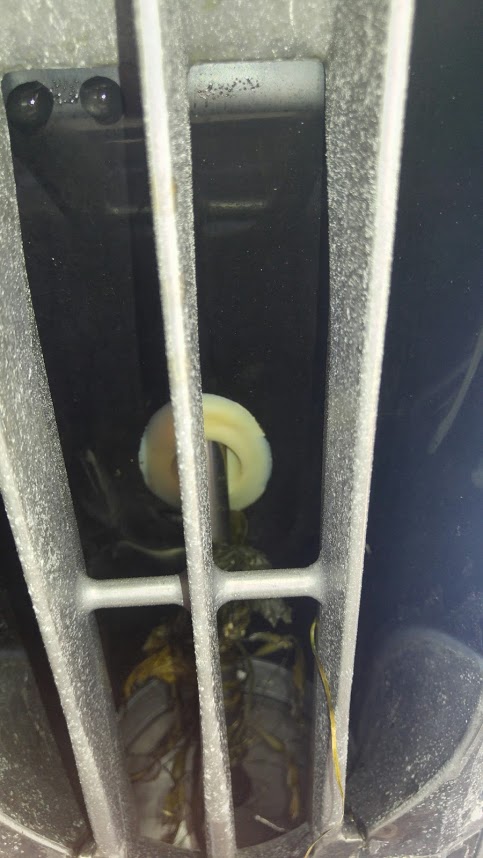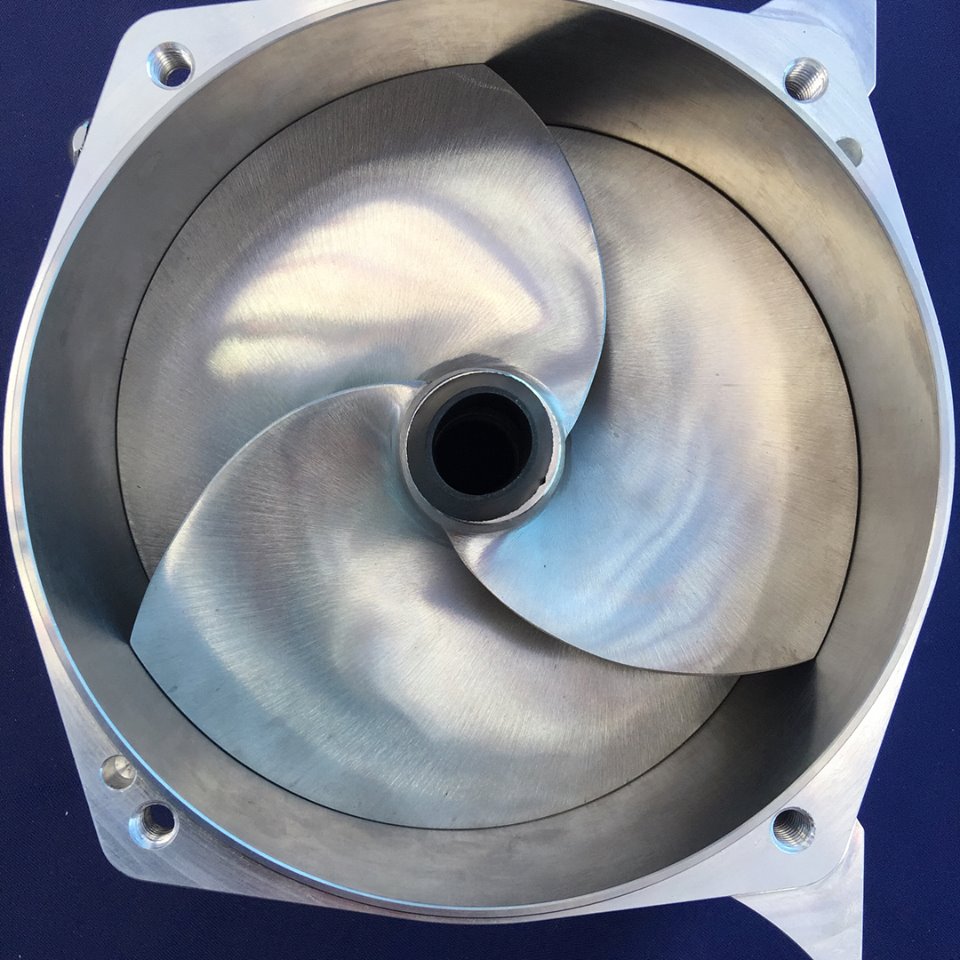Responsible people aim high, they don’t embrace the lowest denominator, they don’t jump off a cliff, they climb it. They are platinum, not copper. Everyone else is a distraction and a potential problem waiting to burden others.
Responsible people do their homework, they work hard, they are professional and not fragmented, and they comprehend risk and don’t want to hurt anyone. They want to succeed and are not afraid of it. They want to protect their sponsors and those they work with. They care about their family and friends.
They are not lazy, they are meaningful people with purpose. They stand out because there is something good in them fundamentally and they adhere to considerate behaviors so they don’t get sucked down by imposters.
Recreational PWC riders also like jackass attempts at gaining attention on social media. The film dumb stunts, spraying their friends down and perpetuating the stigma we face against their selfish antics. They end up in the news, exposed, and possibly facing a lawsuit if injuries occurred.
It gets real when you cannot go to work and take care of your life, so no better argument exists for this story!
They have very little boating etiquette, they cut off fishing boats, ride too close to other vessels and have no enforcement of navigational rules of the road. Their distance depth perception is awkwardly unsafe. They love to jump boat wakes and often have landed in the back of the boat they chase killing innocent people on board.
They are not schooled in how to operate their PWC efficiently, they complain to the dealership as if they did something wrong, when in fact its they way they take care of their PWC that is the culprit.
Those who disrespect our PWC boating culture are migratory thieves. They do not architect the future for our community, they destroy opportunity. It happens in the recreational PWC community and we see it more often in the surfing community because they love the camera and media attention.
Some of this is due to sponsorships or hopes of, and they too will sell out for silly mishap likes. Mutable problems of wrong that hold progress hostage. Sponsors will sell an athlete out if their mishap video renders millions of views when their amazing surfing video goes unnoticed. They become disposable assets.
These imitators are not the center of the surfing world, they are casting the future potential of dangerous boating behaviors into the lineup. It’s like choosing between good and evil and that is entirely on them. This is an ultimate responsibility of your or their operational safety and everyone in a 300’ foot radius you could impact in 100 different ways, and it needs to be made right.
This is not about short term pleasure or ego, or the primary call of adventure that is so terribly seductive, it’s the protection of the temptation to resist harming others.
POWER IS KNOWLEDGE IS FUNCTION IS THIRST
See people in the lineup? A boat dead head, a fishing boat under tow, a SUP or kiter? Give wide berth, slow down, alter course, resist being you and become a prudent mariner. Burns to read this doesn’t it? It will burn red hot if it’s true and sting like a mo’fucker, because the conscious of those guilty will not deny our flaws.
If the surf community is pissed off, listen to them and heed their advice. Drive away and find another wave, private but be prepared for your safety and those around you.
The wave cannot be blamed. The wave did not cause loss of control of the PWC, you did. You put the PWC there, you made the decision to position it, and you need to be competent enough to manage that choice. Have you even read the Owner’s Manual yet? If not, write to me and I will send you one. Solutions are easy.
Have you considered the audience? Take a close look at a lineup all the way to the sandy shore of the nearshore drift. Do you have a right to take away their opportunity and elevate yours? Can you illustrate what their thoughts and fears may be observing you’re positioning? You need to do this.
You need to be them and they need to be you. If it doesn’t add up you are in the wrong place and have no business being there.
Is it illegal? Then you deserve to lose your boater license, be rolled back to training and having your vessel parked until you correct your safety behaviors, while you pay any necessary fines.
It’s a privilege to operate a boat, don’t blow it because you are impulsive!
THE POINTS WHERE THINGS GO WRONG
• Close proximity to surfers or swimmers
• Speed of PWC
• Reckless negligent operation of a motorized vessel
• Not wearing an approved lifejacket
• Not using the Engine Cut Of Switch properly
• Not maintain the vessel (not seaworthy)
• Operating in unsafe conditions or overloading your vessel
• Not having a tow line that is functional
• Not knowing how to right a capsize Personal Water Craft
• Violation of any Local, State, Federal, Province, Prefecture, Sanctuary, laws, rules or regulations
• Swell, wave height, water depth, shoreline, tidal concerns
• Time of day
• Type of PWC being used-weight displacement, not to be operated in surf over 6.5’
• How many persons on board (POB)
• Directional maneuvering of the PWC
• Coxswain competency training for surf operations
• Coxswain PWC license/boater ID card
• PWC Insurance, registered owner liability
• Required government safety equipment to be carried on board (inspected-minimum carriage)
• Approved, properly sized and fitted lifejacket (PFD) for all persons on board (POB)
HOW MUCH IS YOUR REPUTATION WORTH?
For some people, it’s not even worth the price of a Lifejacket. Their life is as cheap as $75.00 USD. I can get a really nice dinner for that!
But when you need it, you cannot afford it because it’s surfer and lifeguards have this chronic fear of being able to duck dive a wave. It’s a very powerful jet driven boat, it’s not a surfboard, we are not duck diving.
If you have fear that you are going to lose the boat in the surf, there is a reason why you are afraid, and you will lose your boat. That means you have no business being there and don’t know what you are doing with it.
The irony is how big wave surfers cling to these inflatable devices but their PWC partners are afraid to wear a lifejacket…makes no sense at all. Argument is over.
You are a boater first, everything else when you are at the helm is inconsequential in a court of law. How will you present yourself to a judge and jury if called into court, what defense will you be able to present?
How about changing the conversation? Turn it all around, turn up the volume. Start hanging out with competent PWC people who care and know what they are doing, associate yourself with knowledge instead of distractions that do not want you to succeed.
Here is what you can respect, and what you can do to guide your pursuits by discipline that will allow you to achieve measurable success:
1. GPS Tracking device properly charged and tethered to Coxswain
2. Marine VHF radio properly tethered to Lifejacket of Coxswain
3. Water Whistle (leash) on Lifejacket of Coxswain
4. File a Float Plan
5. Never go out alone, use the buddy system
6. Train effectively, don’t burn gas, train with purpose
7. Observe the weather and water reports (lightning is a no-go) while underway
8. Read the Owner’s Manual, know how to do field repairs on the water and prepare your craft for launch
9. Carry proper tools and emergency supplies
10. Go over a safety plan in case things go bad or you end up helping others or need assistance yourself
11. Introduce yourself to the local authorities. Ask them to inspect your boat and give you advice
12. Know the area seasonally and study the local nautical charts, map out your timeframes and distance
13. Start logging your training and vessel maintenance, become a prudent mariner
14. Join this group: https://www.facebook.com/groups/RWCCoxswains/
15. Or this one: https://www.facebook.com/groups/KawasakiJetski/
16. Become the Solution - Get competency evaluated by an accredited course provider
Join something worthy of your life, get on board with a trusted resource, invest properly, stop wasting your time. Get ahead of the costly 'mistake curve'.
You don't have to be the first person, so get over yourself, you can never be the first person if you didn't create it. You have imitated from other people and you owe your mentors credit. That is what helps us check our ego.
I would like to pay homage to my ancestors, my DNA and to Brad Southworth and Virgil Chambers for what they taught me, and Pamela Dillon. These are my teachers. Thank you to Mr. Jacobson and to Kawasaki Motors Corporation for putting this into motion. To all their employees and to the other OEM's who got on board years later.
THE ENDING
I learned from my PWC mistakes when I began in 1979, I know this business and human behavior. I have over 37,000 hours of training alone. I own that and I am still alive because I paid attention. Our shortcomings, our struggles are real.
Strong words shared here because the truth of these matters will awaken a person who needs correction and determine that your/their awareness will no longer permit you/them to remain asleep.
Trust me, that mishap that death or that injury is coming like a freight train on your wrong way track and you won’t be able to stop it, but you can today.
If your friends cared about you and much as I do in this moment, you would not be reading my advice, getting pissed off and angry, wanting to call me some crappy name.
Because your real friends should have squared you away immediately and pointed you in the right direction. But they didn’t.
You can redeem yourself individually when you are no longer overwhelmed with the risk and embrace the power of scale you can incorporate in your operational efficiency. Imagine what responsibility will add to your ability to solve problems that you need.
1. Save Time
2. Save Money
3. Increase efficiency
4. Increase athletic potential
5. Accessory and PWC are not damaged
6. No hospital bills
7. No down time or frustration
8. Cause no harm
You won’t have to avoid the short term at the expense of the long term gain, its happiness in your pursuits that gives you greater purpose and kills off the cynical binge of disaster.
Possibly I am old enough to be your mother or your grandmother, and there is great wisdom in that. I care about your reputation and your life and you better listen because you are not replaceable. Learn from the first or second generation, the source. Respect your elders and predecessors. Listen to them as I do mine.
Somebody has to speak to you about your true value and care enough to say the reasons why you don’t want these mistakes. You cannot afford to screw up your life. The price is too high for you to bear, it’s not a place you want to put yourself in.
This is a reason to become better than what you were doing, offer it to yourself and increase your value. Argue any of these points in this story with evidence science and fact. Because if you are willing to investigate you are trainable. you can learn.
Many people cannot be trained. And I would suggest you not get on a boat with those persons.
Now start caring about yourself properly. And remember; I am you and you are me.
Remember who you are.
_ _ _ _ _ _ _ _ _
Posted: February 27, 2019
Content Creator of Rescue Water Craft and Personal Water Craft boating international education standards: Shawn Alladio is the world’s foremost authority and leading subject matter expert. She cares most about her community and the culture surrounding the safety of event service providers and Rescue Water Craft operators, working hard and dedicated towards protecting their reputation, distributing safety information and continuing to train these amazing individuals to the highest standards of care.
__________
Have any questions? Join the Rescue Water Craft Association
and discover what your community is doing to modernize standards, safety and reduce liability!
Join the Rescue Water Craft Association
Content Creator: Shawn Alladio cares most about her community and the culture surrounding the safety of event service providers and Rescue Water Craft operators, working hard and dedicated towards protecting their reputation, distributing safety information and continuing to train these amazing individuals to the highest standards of care.
Use at your own risk. Please take a qualified Rescue Water Craft training course and maintain proper records and respect all the PWC, RWC, PPE, and gear OEM manufacturer warning labels and cautions.
